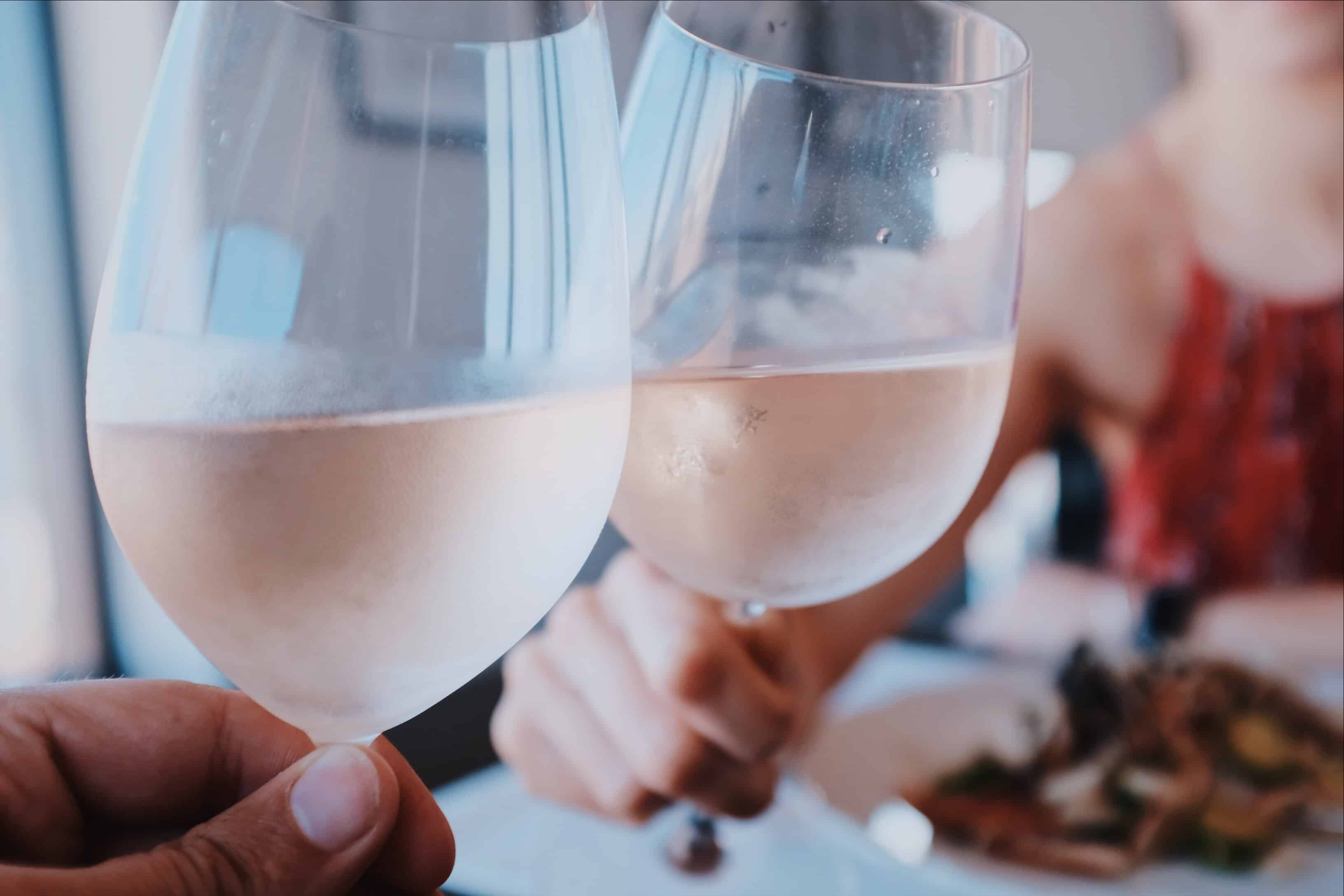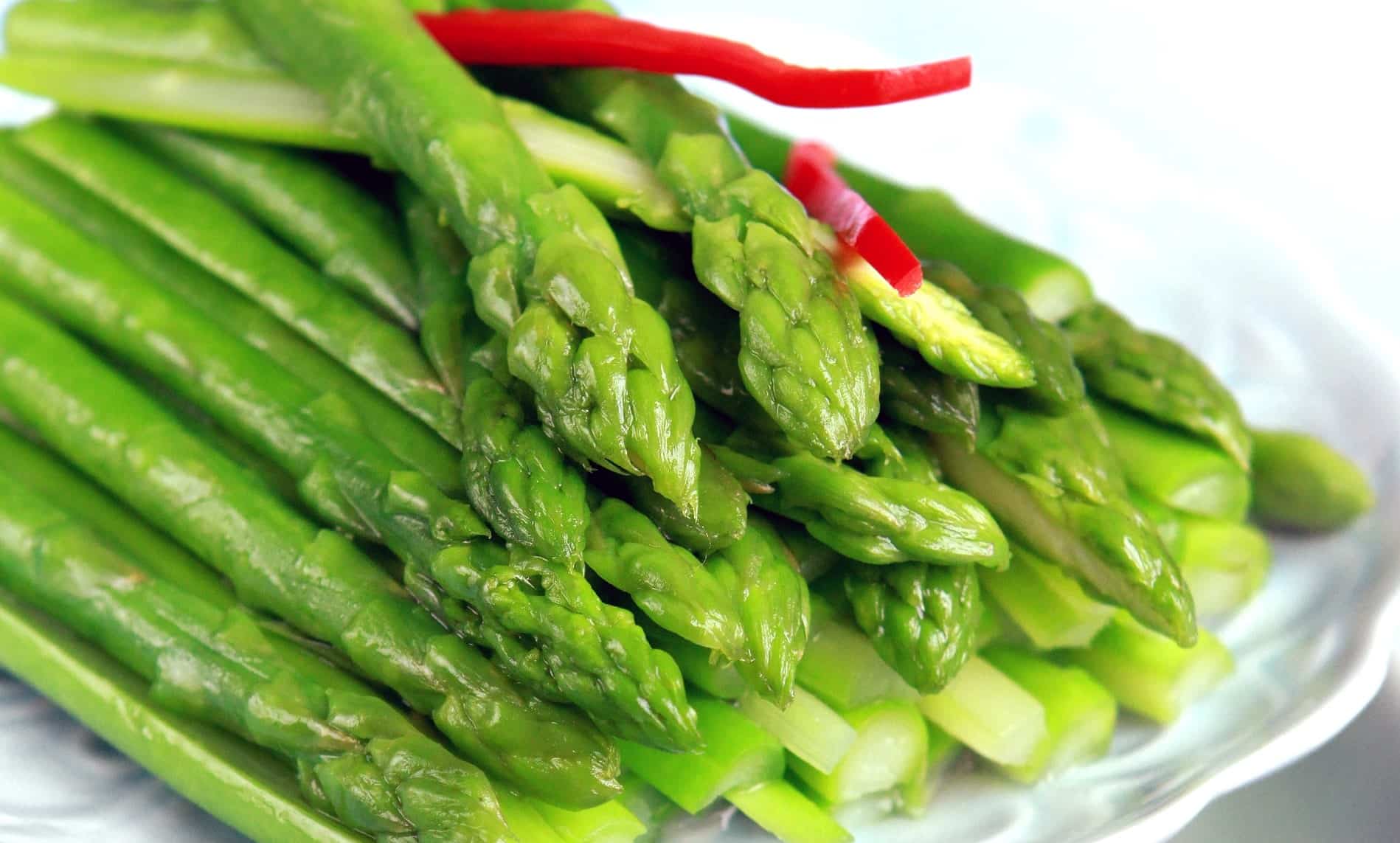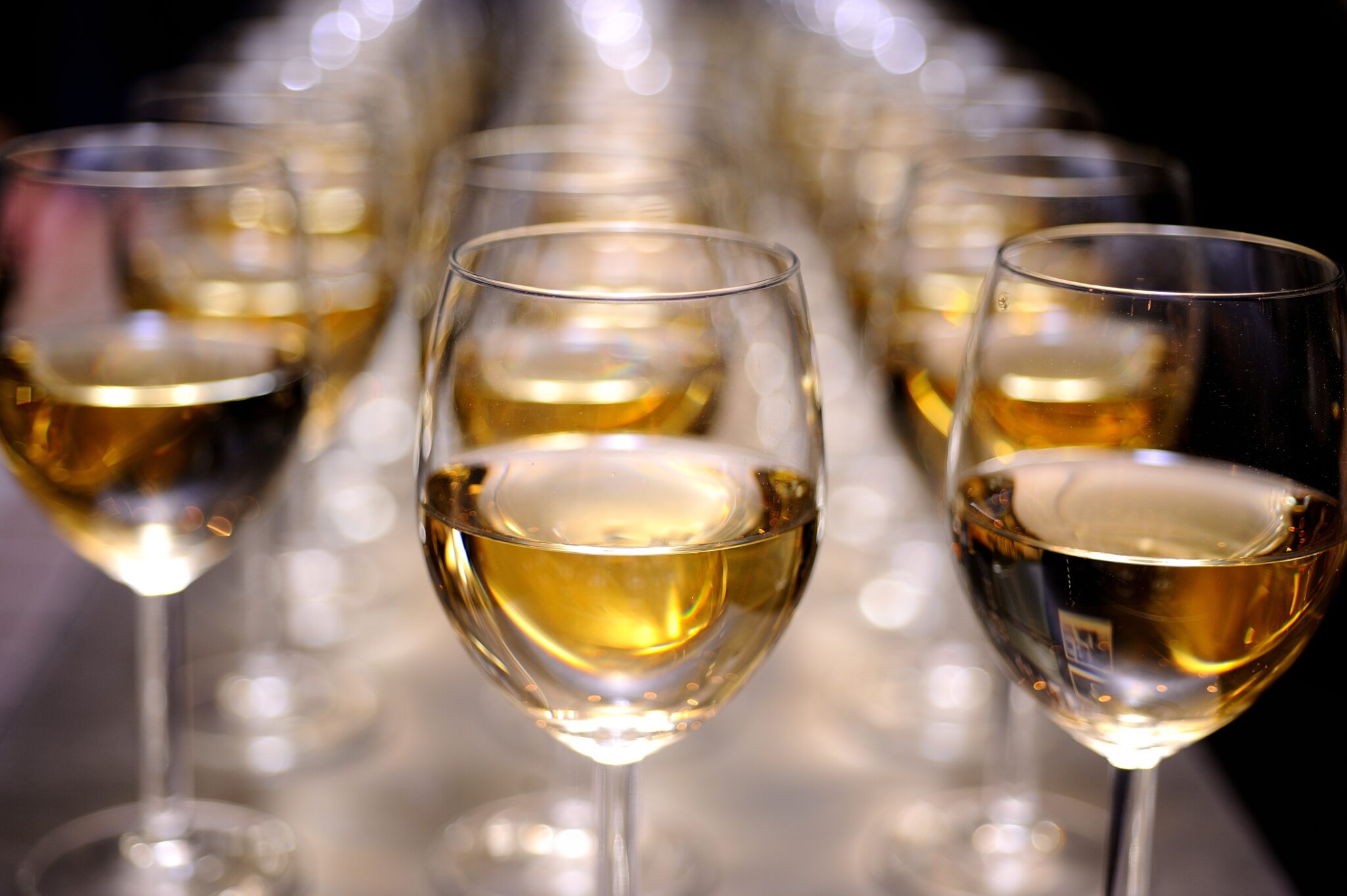Culinary Options at Tasting Rooms in Sonoma County 95409
Culinary Options at Tasting Rooms in Sonoma County 95409
Blog Article
Immerse Yourself in the World of Sebastopol's Wineries
Wine tasting is an art that requires more than just a keen sense of style. Participating with different varieties and styles provides an opportunity to understand the subtleties of flavor, aroma, and texture. A complete guide to winery wine tasting techniques will equip enthusiasts with the necessary skills and information to reinforce the tasting experience.
Understanding the fundamentals of wine tasting begins with familiarity with the key elements. The primary elements contributing to flavor are sweetness, acidity, tannin, and alcohol - Must-Visit Wine Tasting Rooms in Sonoma County. Each wine has its distinctive balance, influenced by the grape selection, region, and vinification course of. Recognizing these parts allows a taster to understand the complexity in every sip.

Visible examination is the first step in the tasting process. Swirling the wine in a glass oxygenates it, bringing out the aromas which are crucial to understanding the wine's essence. Observing colours ranging from deep purple to pale straw supplies perception into the wine's age and selection. The clarity and brilliance of the wine also offer clues about its quality.
Subsequent, the olfactory experience takes priority. The nose is usually thought of probably the most essential a part of tasting. Building an awareness of frequent aromas can be useful. Fruits, flowers, spices, and earthy notes are sometimes present. Taking time to inhale deeply before tasting permits for a more profound appreciation of a wine's bouquet.
Discover the Beautiful Wineries of Sonoma County
When it comes to tasting, the approach should be deliberate and thoughtful. Small sips are advisable, permitting the wine to linger within the mouth. This technique permits the taster to discern the complicated layers of flavors. Noting the initial taste, the mid-palate, and the end contributes to an entire understanding of the wine’s profile.
One Other crucial side of wine tasting is the understanding of balance and construction. A well-balanced wine presents harmonious flavors where no single element overwhelms the others. Analyzing how acidity interacts with sweetness and tannins will help in assessing the overall composition of the wine.
Wines can vary considerably from one vintage to a different because of environmental components, which makes understanding the idea of terroir important. Terroir refers again to the geographical and climatic conditions, as well as the winemaking practices that affect the final product. This relationship between the land and the wine can affect its flavor spectrum dramatically.
Sample the Best Wines from Sonoma 95461
Pairing wine with food can improve the tasting experience considerably. Sure wines complement specific dishes, which may elevate each the food and the wine. Understanding flavor profiles will allow enthusiasts to create exciting pairings. For instance, a wealthy pink wine may pair superbly with a hearty meat dish, whereas a crisp white would possibly enhance the style of seafood. Top-Rated Vineyards for a Relaxing Weekend Getaway.
Taking Part in guided tastings can also present useful insights. Many wineries provide professional-led tastings, the place skilled sommeliers share their experience. Participating with knowledgeable hosts allows for a deeper understanding of the wines and offers the chance to ask questions and exchange perspectives.
Documentation during tastings can serve as a useful device. Maintaining notes on the wines sampled, together with personal impressions, enhances the tasting journey. This document helps in recalling what one enjoyed or didn't take pleasure in, creating a private roadmap for future wine exploration. Tasting sheets are sometimes used as a structured approach to seize this info.
Attending wine-focused events, similar to festivals or expos, creates an opportunity to explore a vast range of wines and meet fellow enthusiasts. Networking with industry professionals and passionate hobbyists can result in sharing insights and increasing one’s palate. The festive environment enhances the communal aspect of wine appreciation.
Enhance Your Wine Tasting with Onsite Dining 95407
As one becomes more experienced in wine tasting, it becomes important to develop personal preferences. Exploring wines from varied areas, grape varieties, and styles can lead to surprising discoveries. It’s important to stay open-minded and willing to try new choices, even when they fall outside of previous preferences.
In The End, the enjoyment of wine tasting lies in its capability to stimulate the senses and provoke thought. Each tasting presents a personal journey through taste and experience that is as unique as the people taking part in it. Embracing the comprehensive guide to winery wine tasting techniques paves the way for a richer appreciation of what wine has to supply.
In conclusion, wine tasting is much more than an train in discerning flavors. It is an immersive experience that connects people to the land, the winemakers, and the tales behind each bottle. By practicing the techniques outlined on this guide, anybody can cultivate a newfound appreciation for wine, transforming each sip into an exploration of taste, aroma, and private preference.

- Begin by observing the wine’s look; tilt the glass to evaluate readability, colour depth, and viscosity as these factors can point out the wine's age and body.
- Swirl the wine gently in the glass to launch its aromatic compounds, enhancing the olfactory experience.
- Take a moment to inhale the aromas earlier than tasting; note the complexity and the first scent classes corresponding to fruity, earthy, floral, or spicy.
- When tasting, enable a small quantity of wine to cowl your palate, guaranteeing to pay consideration to the preliminary style, mid-palate flavors, and finish to evaluate its structure.
- Pay consideration to the tannins current; they can have an result on the feel and mouthfeel, giving insights into the wine's growing older potential.
- Think About the acidity level, which might provide freshness to the wine, balancing sweetness and enhancing food pairings.
- Use a scorecard or journal to jot down observations about each wine, including flavors, aromas, and personal impressions to match later.
- Experiment with food pairings throughout tastings, as this will significantly enhance or change the perception of the wine’s flavor profile.
- Engage in discussions with fellow tasters to share views, which might broaden the appreciation and understanding of various wines.
- Bear In Mind to hydrate and eat palate cleansers like bread or water between tastings to ensure an accurate experience of each wine.undefinedWhat are the basic steps involved in wine tasting?
Discovering the Lesser-Known Wineries of Sonoma County
The fundamental steps of wine tasting include observing the wine's shade and clarity, swirling it to release its aromas, sniffing to identify different scents, sipping to assess flavors, and finally, evaluating the finish. This process allows taster's to understand the wine's general complexity and quality.

How do I properly odor wine?
Relax with Spectacular Views while Tasting Pinot Noir.
To correctly scent wine, comply with these steps: first, hold the glass at the base, swirl it gently to aerate, then bring it to your nostril. Take a couple of short sniffs to capture the initial fragrances, adopted by a deeper inhale to explore the more complicated aromas. Focus on figuring out specific scents like fruits, spices, and different descriptors.
No Reservation Tasting Rooms in Sebastopol for a Casual Experience
What should I look for when tasting wine?
When tasting wine, look for several key elements: appearance (color and clarity), aroma (fruits, herbs, and spices), flavor (sweetness, acidity, tannins), and texture (body and mouthfeel). Additionally, think about the wine's finish, which is the lingering taste after swallowing. All these elements contribute to the wine's overall profile.
How do I know if a wine is nice quality?
Good high quality wine typically has balance amongst its parts, meaning that acidity, tannins, sweetness, and alcohol work harmoniously together. go to my blog Look for complexity in flavors and aromas and a protracted, nice end. Quality wines additionally usually exhibit distinct traits reflecting their varietal and area.
Your Ultimate Guide to The Best of Sonoma's Vineyards and Wineries 95409
Is it necessary to use specific glassware for wine tasting?
Sure, using specific glassware enhances the wine tasting experience. Applicable glasses can influence the aroma and flavor notion. For example, a Bordeaux glass is designed to enhance full-bodied purple wines by allowing oxygen to interact with them, while a narrower flute is right for sparkling wines to protect carbonation.
Wine Tasting at Sonoma Vineyards
How can I enhance my wine tasting skills?
To improve your wine tasting skills, practice regularly, attend tastings to learn from consultants, and keep a tasting journal to notice your observations. Experiment with different varietals and styles, and have interaction with wine communities or golf equipment for shared experiences and information.
Exploring Iron Horse Vineyards for Unforgettable Tastings 95409
What are some common wine tasting errors to avoid?
Common wine tasting mistakes include not properly cleansing your palate between wines, serving wines at incorrect temperatures, and overlooking the significance of the glass form. Additionally, being overly influenced by others' opinions can cloud your individual tasting experience; at all times belief your personal palate.
Ought To I pair food with wine during tastings?
Pairing food with wine can enrich the tasting experience by highlighting particular flavors and aromas in both the wine and the food. It Is advisable to taste wines each with and without food to grasp how they interact. Experiment with different pairings to find your preferences.
Navigating Sonoma County's Vineyards and Wineries 95472
What should I do if I don’t like a wine?
If you don't like a wine, it is completely okay to precise your opinion. Wine tasting is subjective, and personal desire varies significantly. Instead of forcing your self to get pleasure from it, think about analyzing what aspects you dislike—this may help refine your palate and guide future decisions.
Can I style wines at a winery without making a reservation?
While some wineries provide walk-in tastings, many require reservations, especially on weekends or during peak seasons. It’s finest to click here to find out more examine forward with the winery for his or her policies on tastings to make sure a clean experience. Reservations additionally permit you to have a more personalized and educational go to. Report this page